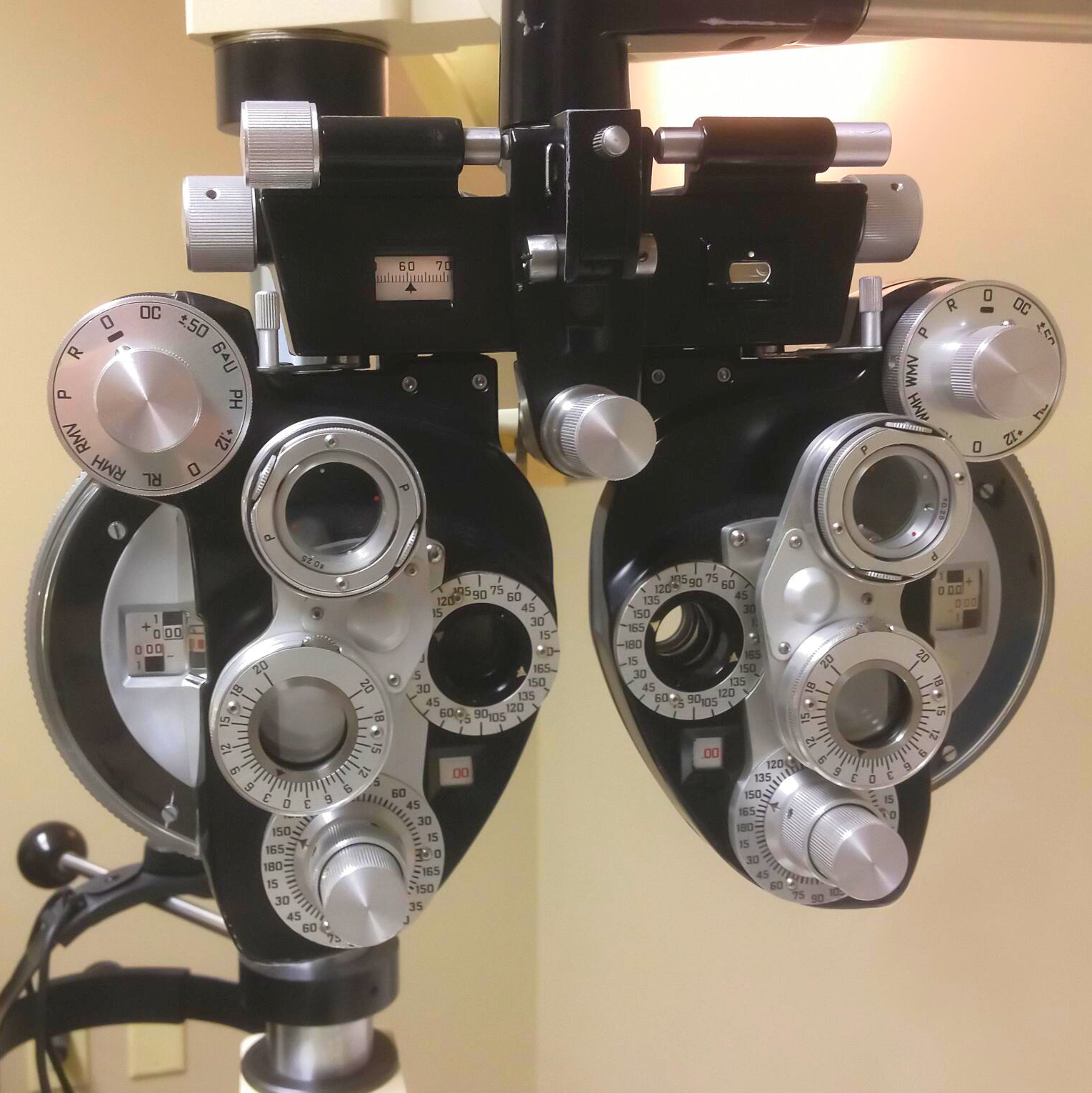Glaucoma
Glaucoma Diagnosis by Optometric Associates of Southern Maine
There are about 3 million Americans that have glaucoma. It is the second leading cause of blindness worldwide. There are often no early symptoms of glaucoma, which is why 50% of people with glaucoma don’t know they have the disease. Glaucoma can cause vision loss very gradually and can be hard to recognize. Having regular eye examinations helps with early diagnosis.

What Is Glaucoma?
Glaucoma is a category of eye diseases that cause damage to your optic nerve, the nerve that transmits signals to your brain so they can form images. Optic nerve damage can lead to poor vision or blindness. The two most common kinds of glaucoma are:
- Open-angle glaucoma is the most common type. It happens when the trabecular meshwork between your cornea and iris fails to drain your aqueous humor (inner eye fluid) normally. The buildup of fluid or excess increases the pressure on the ocular structures (intraocular pressure). This increase in pressure puts excessive force on the optic nerve, damaging the individual nerve fibers. Over time, more and more fibers are destroyed, leading to loss of vision. Because the process happens gradually, and the fibers have no sensation, patients do not notice the changes to their vision until the damage is quite extensive and irreversible.
- Angle-closure glaucoma is less common but . . . it occurs due to a narrowing of the junction where your iris, cornea, and sclera meet. The reduction in space can cause a reduction in the outflow of aqueous, leading to an increase in intraocular pressure. This increased pressure will ultimately lead to optic nerve damage. Angle-closure glaucoma can happen slowly (intermittent angle colure), or quite rapidly (acute angle closure). The acute form can cause severe vision loss in a matter of days. It often presents as rapid-onset blurred vision in one eye, mild headache, and redness of the eye. It is considered a medical emergency that requires immediate medical intervention.

When Does Glaucoma Diagnosis Happen?
Diagnosis will usually happen during an ocular exam. An eye pressure test called tonometry is the most common way to check for glaucoma. Diagnosis may also include other tests like visual field testing, corneal thickness measurement, and examination of the drainage network (called gonioscopy).
How Do I Prevent Glaucoma Vision Loss?
Regular comprehensive optometric care is the best way to screen for early signs. Once diagnosed, treatment begins with prescription eye drops that lower intraocular pressure. In some cases, oral medications are applicable treatment modalities as well.
If non-surgical options aren’t successful, Optometric Associates of Southern Maine can refer you to a local ophthalmologist – which is an eye surgeon who specializes in this kind of treatment. Open-angle glaucoma can be treated with one of a few different surgical procedures, depending on severity, response to medical therapy, and prior ocular surgical history. For angle closure glaucoma, the definitive solution is iridotomy, in which a laser is used to make a small hole at the edge of the iris to stabilize fluid flow between the front and back chambers of the eye preventing pressure spikes.

